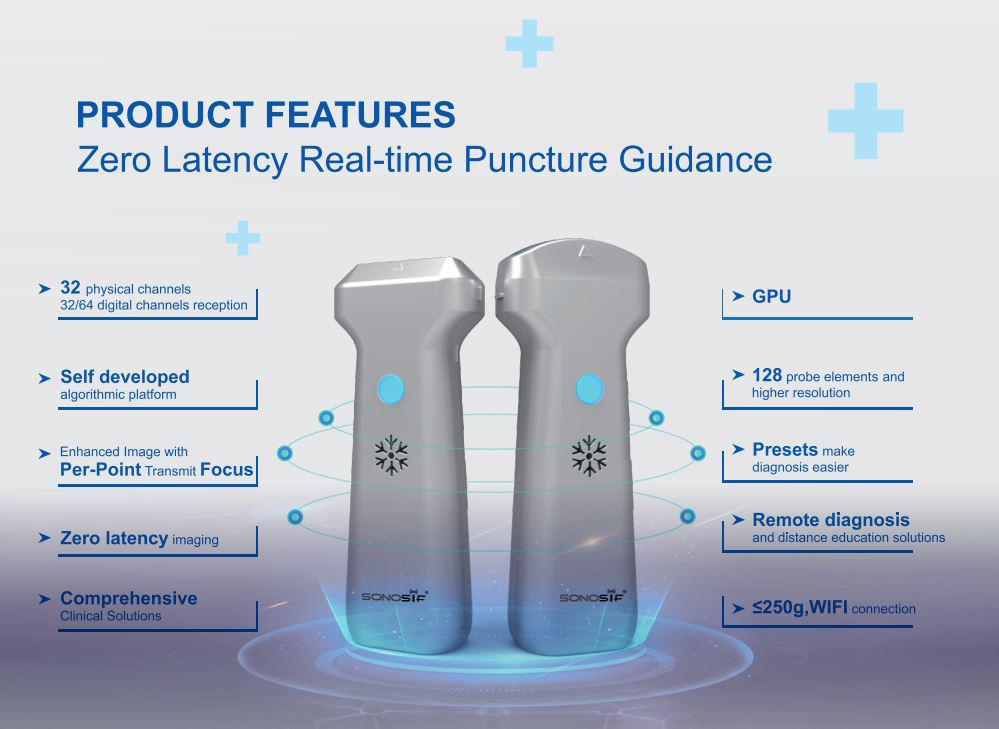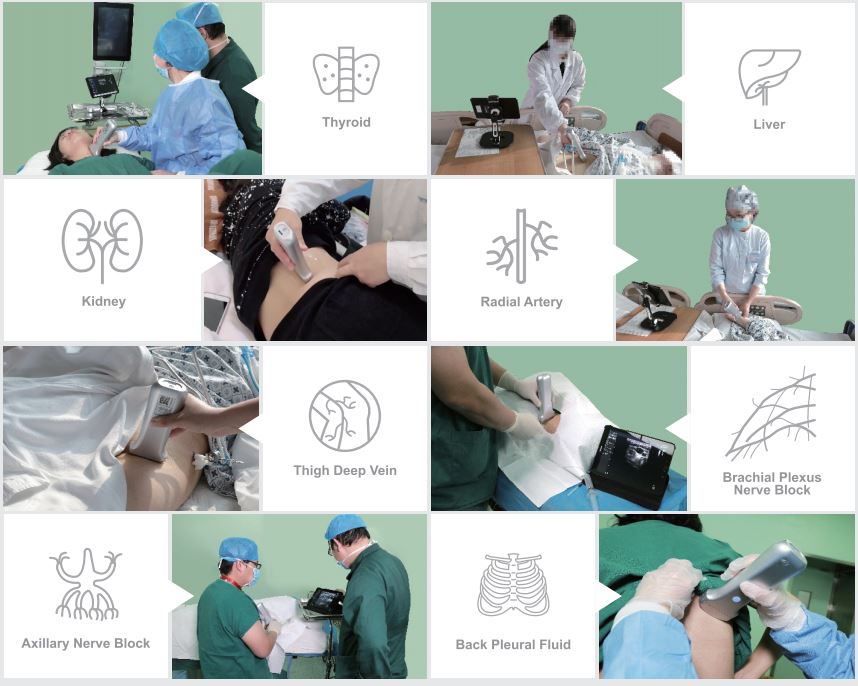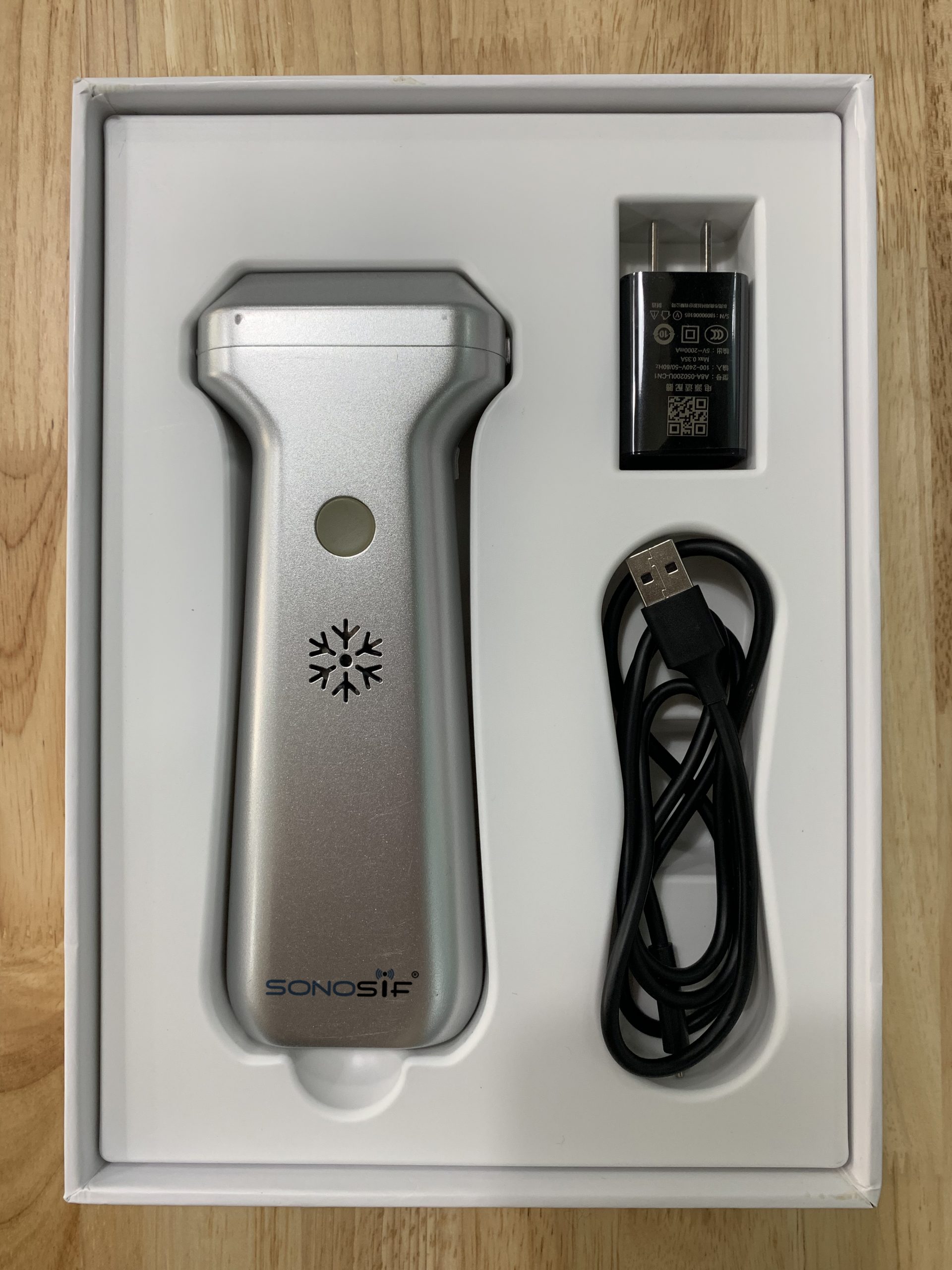- Immediate contact :
- +1-323-988-5889
- info@sonosif.com

Color Doppler Wireless Convex Ultrasound Scanner CDC-1
December 27, 2020
USB Convex 2-5MHz Ultrasound Scanner USB-UL1
December 29, 2020Color Doppler WiFi Linear Ultrasound Scanner 4-12 MHz CDC-2
$5,000 Original price was: $5,000.$3,285Current price is: $3,285.
Superior Image Quality
Wireless Freedom
Works on Android
Approvals: CE, ISO
Free Express Shipping |
Worldwide |
|---|---|
Warranty |
15 Months |
Return Policy |
7 Days |
Color Doppler WiFi Linear Ultrasound Scanner
4-12 MHz CDC-2
The Color Doppler WiFi Linear Ultrasound Scanner 4-12 MHz CDC-2 which has a frequency of 4-12 MHz, revolutionized the industry by offering the ability to diagnose and treat patients sooner and with more accuracy. The Color Doppler WiFi Linear Ultrasound Scanner 4-12 MHz CDC-2 is one of imaging technology’s most affordable and available modalities. With its 128 number elements and a B-mode frequency of Seven adjustable levels, Color Doppler WiFi Linear Ultrasound Scanner 4-12 MHz CDC-2 also has a Doppler frequency of 4-12 MHz and 128 / 256 scan lines in which it provides multiple displays.

The Color Doppler WiFi Linear Ultrasound Scanner 4-12 MHz CDC-2 is available with advanced features as it interfaces with your tablet and it is android compatible. Our color Doppler 4-12MHz CDC-2 adds clinical value and can help support excellent patient care.
This product can be used by many doctors such as the Surgeons in which they can easily scan the veins, the breasts tumor and nodule, The Endocrinologists can also in a few quick steps scan the glands, the Radiologists can take a radial artery color scan…
Color Doppler Mode is needed to:
- Give a visual overview of flow within the vessel or heart.
- Rapid identification of vessels, valves, turbulent flow.
- Evaluate flow direction and velocity.
- Measure volume and percent vascularity.
- Guidance for reproducible quantification of flow velocities using Pulsed-Wave Doppler.
- Locate the area of stenosis or thrombosis.
- Determine the existence and amount of arterial plaques and associated turbulent flow.
- Find small vessels such as mouse coronary arteries, femoral and arcuate arteries.
- Evaluate blood flow after a stroke or other cases due to impaired blood flow.
- Observe blood flow to major organs such as heart, kidney, liver pancreas, carotid, abdominal aorta, and others.
Doctor Specialties :
Surgeons, Veins’ doctors, Endocrinologists, Radiologists, Surgical oncologists, …
 Features:
Features:
- Number of Elements: 128.
- 32/64 Digital Channels.
- B-Mode Frequencies: Five Adjustable Levels.
- Doppler Frequencies: 4-12 MHz.
- 128 / 256 Scan Lines.
- Multiple Display.
 Specifications:
Specifications:
- Color Doppler WiFi Ultrasound.
- Frequency: 4-12 MHz.
- Linear probe.
- Number Of Elements: 128.
- Digital Channels: 32/64.
- Scan Lines: 128 / 256.
- Screen: Smartphone Or Tablet Screen.
- Supporting System: Android.
- Weight: 250 grams.
- WiFi Type: WiFi Portable Connection.
- Mode: B-mode Frequencies: Seven Adjustable Levels.
- Depth: 20-100mm.
 Applications:
Applications:
This product is used to scan almost everything such as Breasts, Breast Nodule, Breast Nodule CFM, Thyroid, Carotid Artery, Carotid Artery CFM…
Scan Results
The Color Doppler WiFi Linear Ultrasound Scanner Package:
Please Login To Download Attachment
Related products
-
Color Doppler Wireless Convex Ultrasound Scanner CDC-1
$5,000Original price was: $5,000.$3,285Current price is: $3,285. -
Mini Linear Handheld Wireless Ultrasound Scanner ML1
Rated 5.00 out of 5$3,500Original price was: $3,500.$1,795Current price is: $1,795. -
Mini Linear Handheld Ultrasound Scanner MLCD
$4,500Original price was: $4,500.$2,445Current price is: $2,445.













Reviews
There are no reviews yet.